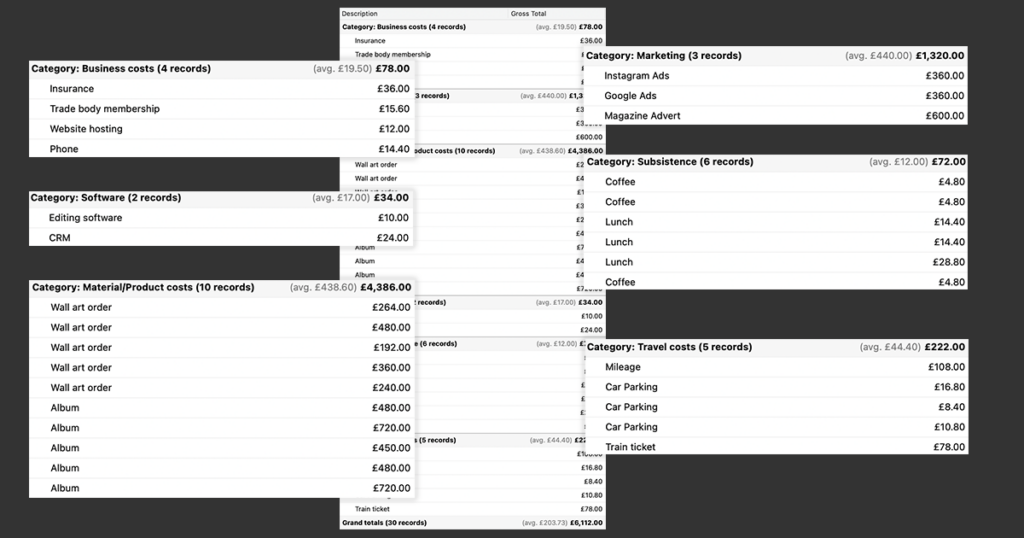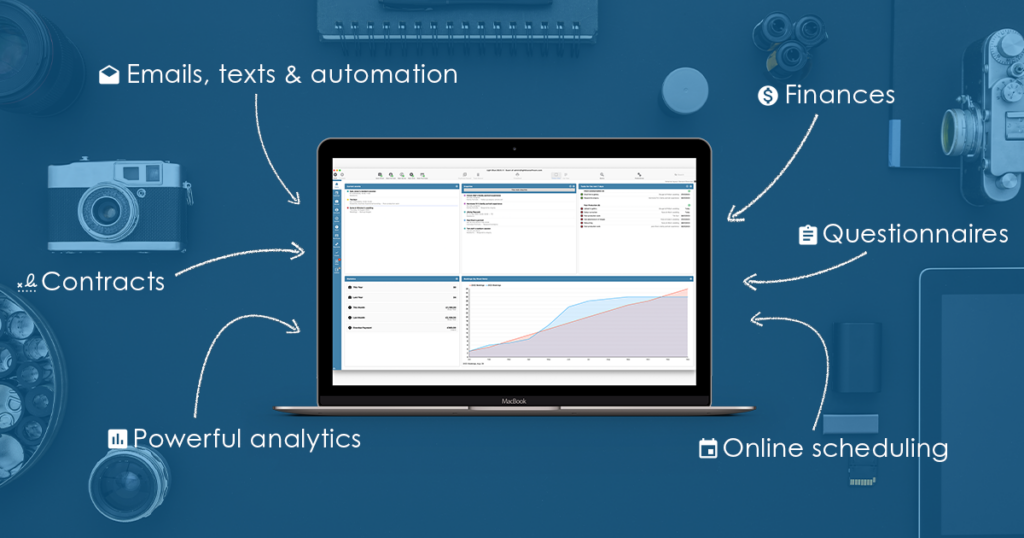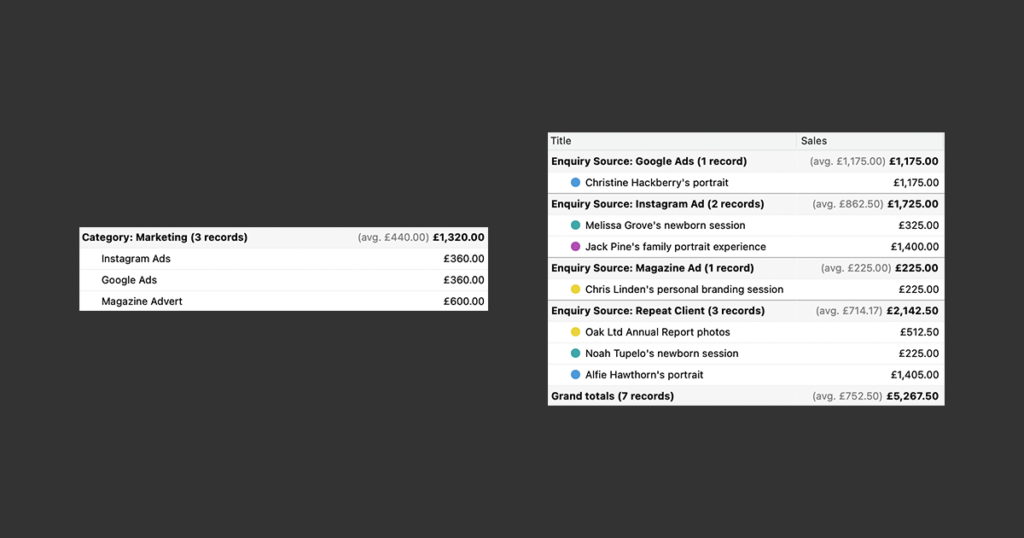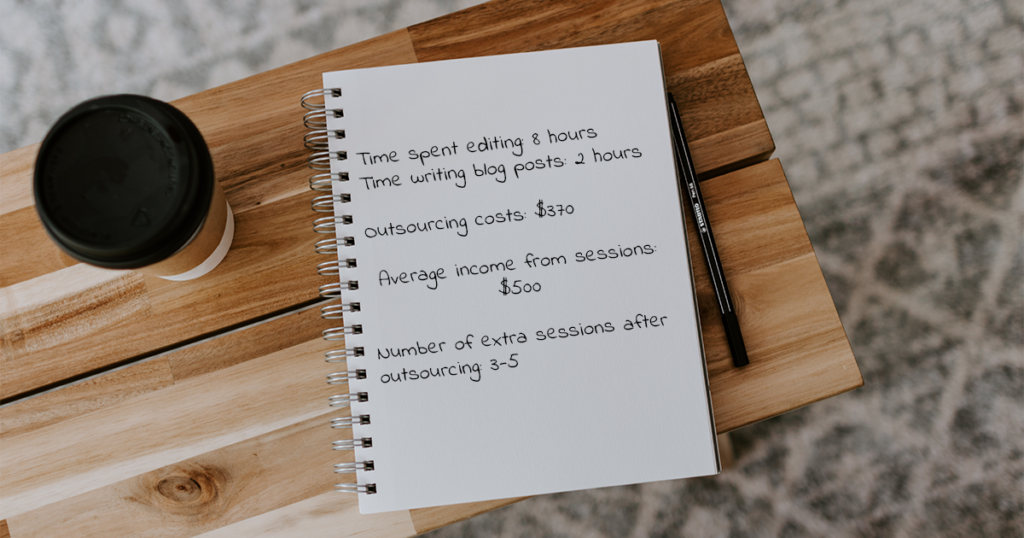How to Reduce Costs Without Hurting Your Photography Business

Is your usually healthy balance sheet looking a little under the weather? Maybe bookings numbers are down or your usual expenses have crept up as the cost-of-living crisis continues to bite?
Then your photography business may benefit from a comprehensive cost critique. A thorough investigation into exactly what’s going out of your account on a regular basis.
And then action taken to drive expenses down and push profits up.
Here we’ll share tips about how you can reduce costs without harming your photography business.
Analyse Your Current Expenses
Step one to is complete a thorough audit of all your expenses. Get right down to the nitty gritty and asses every penny spent within your business. If you use a platform like Light Blue, you’ll have easy digital access to all this information.
Split all expenses down into essential and non-essential. What is a non-negotiable, what could be reduced and what could go altogether? How does each individual purchase impact on your business?

Consider breaking down broader categories, e.g. travel, into sub-groups such as train tickets, fuel, parking etc to get a more in-depth overview of where cash is being spent.
This more granular analysis could uncover savings ideas you may not have thought of previously.
Streamline Your Business Operations
How many different types of software do you subscribe to? A possible answer is too many.
Be ruthless here and assess what you truly need to run your business smoothly and profitably. Maybe there’s even a sneaky subscription that automatically renews each year when you no longer use it.
Replacing several tools with one streamlined solution will not only bolster your bottom line but also free up precious time to focus on what you really love about your job.
A specialist CRM for photographers like Light Blue can combine multiple tools into one: CRM, your online diary, contracts, forms, questionnaires and invoicing.

It can also help to simplify workflow and processes, removing repetitive admin tasks to save time and resources. And who doesn’t want extra hours in the day to spend on revenue-generating work?
For example, use online scheduling calendars to cut down on back and forth communication with clients and automated emails and texts to effortlessly tick every messaging box.
Optimise Your Marketing Expenses
The next step is to take a good look at your marketing strategy. What are you doing, why are you doing it, is it working? And of course, how much is it costing?

If an obvious low ROI leaps out at you, it’s time for a rethink. Consider how you can spread the word with minimal financial outlay:
- Plug into digital marketing: ramp up your social media activity to raise awareness; experiment with email marketing; explore content marketing. All are cost-effective ways to boost your profile.
- Tap into targeted advertising: drill down into specific demographics so your spend is data-driven and more likely to produce a healthy return.
- Embrace the old-fashioned: word-of-mouth is both free and priceless. Cultivate your clients, make them happy and watch as their personal praise brings more customers to your door.
Control Your Operational Expenses
As a portrait or wedding photographer, you may not have business premises. But if you do use a studio or rent office space, are you getting the best deal? Maybe you originally signed up to more space than you actually need or the rent has increased exponentially?
Assess your business’ current needs and check any financial outlay on this type of operational expenses is justified.
Could you also reduce your travel and transportation costs? Getting to shoots is obviously a non-negotiable but can you travel there more cheaply?
You can also ask yourself if you always need to meet clients in-person? Using virtual meetings instead will free up both time and money.
Embrace Outsourcing and Collaborations
This may sound contradictory but investing in outsourcing certain jobs – those pesky but unavoidable tasks which don’t fall within your natural skill set – can pay dividends.

For example, using a bookkeeper to oversee financials, outsourcing time-consuming post-processing or getting expert support to write marketing content. Each of these will free up the time you need to spend on generating more income from your actual photography work.
Track and Monitor Your Financial Performance
New strategy in place, you’ll want the reassurance it’s making a difference to your profit margin.
Set yourself some goals and benchmarks so you can revisit your cost reduction efforts in 6-12 months. And establish a set of measurable targets while monitoring ongoing expenses to spot trends and potential areas for improvement.
See what works for your photography business and you may be pleasantly surprised as your expenses take a tumble.
Related
- How to Manage Photography Client Expectations
- How To Attract Your Ideal Photography Clients
- Book more clients by phoning your leads - tips for making successful calls
- Using Sales Data to Drive Smart Upselling
- How to deal with difficult clients
- The Ultimate Guide to Selling Wedding Albums: Insights from Folio Albums and How Light Blue CRM Can Boost Your Sales
- How to Find a Consistent Photography Client Base
- How to Get More Word-of-Mouth Referrals
- How to Automate Time-Consuming Tasks
- The Photographers’ Guide to Finances and Budgeting